






 |
Plants and Animals on Earth:- Many different plants and animals |
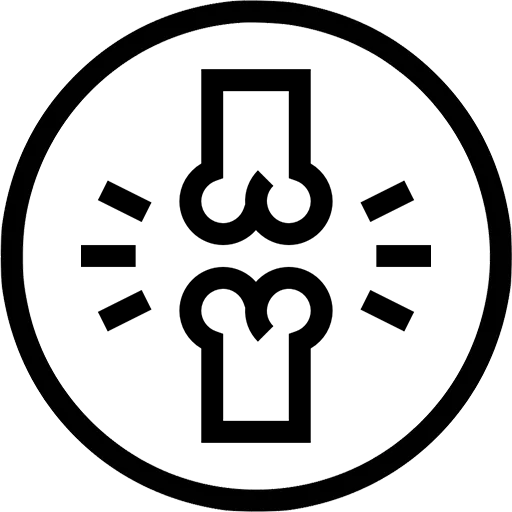 |
Animal Skeletons:- Skeletons of vertebrates |
 |
Food Chains:- Food and feeding |
 |
Life Cycles:- Growth and development |
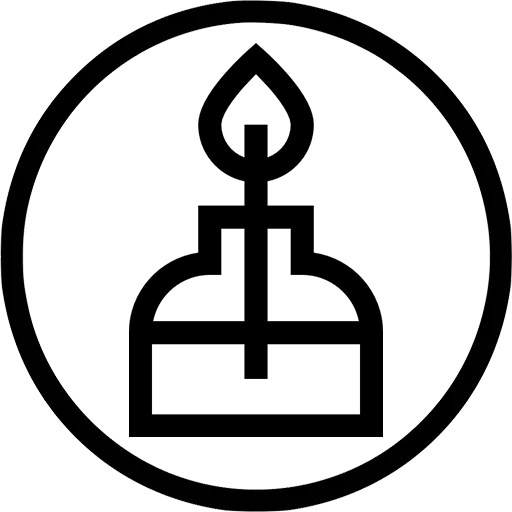 |
Stored Energy in Fuels:- Fuels |
 |
Energy and Electricty:- Cells and batteries |
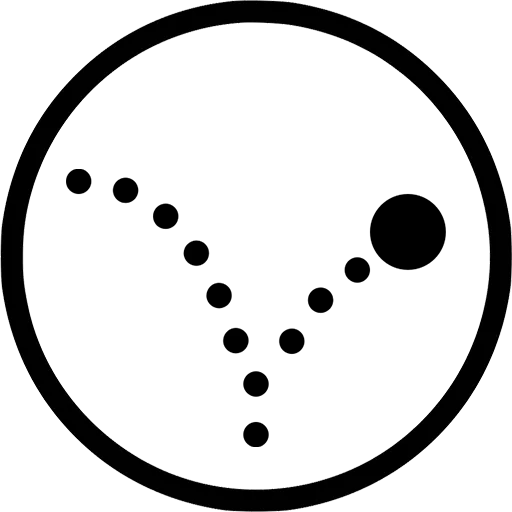 |
Energy and Movement:- Elastic and springs |
Human lungs are remarkable organs responsible for the crucial task of breathing, which provides oxygen to the body's cells and removes carbon dioxide, a waste product of metabolism. Each person has two lungs, situated in the chest cavity on either side of the heart. The lungs are spongy in texture and pinkish in color, resembling two large air-filled balloons.
The lungs are divided into sections called lobes – three on the right lung and two on the left. Inside the lungs are a vast network of airways, including the trachea (windpipe), bronchi, and bronchioles, which branch out like tree limbs and end in small air sacs called alveoli. It is within these alveoli that the exchange of gases occurs: oxygen from the air enters the bloodstream, while carbon dioxide from the bloodstream exits the body when we exhale.
The process of breathing, also known as respiration, is controlled by the respiratory system, which includes the lungs, airways, and muscles involved in breathing. When we inhale, the diaphragm – a dome-shaped muscle beneath the lungs – contracts and moves downward, creating space for the lungs to expand. This allows air to rush into the lungs. When we exhale, the diaphragm relaxes, and the lungs recoil, pushing air out of the body.
Human lungs are essential for survival, as they enable the body to receive the oxygen it needs to function properly. Maintaining lung health is crucial for overall well-being, and practices such as regular exercise, avoiding smoking and pollution, and maintaining a healthy diet can help support lung function.
For a wing to work, it has to move through air to produce lift. A bird uses muscles, planes have engines – propellers or jet engines. Engines pull the plane through the air at high speed. Because of a wing’s special curved shape, the air flowing over a wing experiences a pressure difference between the upper and the lower surfaces, producing an upward force called lift, which is greater than the weight of the plane.
As a plane flies faster, it’s resistance in the air, called drag, increases, but the lift of the wing increases, allowing the plane to fly. So the four forces acting on a flying plane are: thrust from the engines; weight of the plane, drag (air resistance of the whole plane), and lift from the wings.
There is a minimum speed before the lift is greater than the weight of the plane which is why a plane needs a long runway before it can ‘take off’. Once in the air, the ailerons on the wings allow the pilot to control the direction of flight.
The flaps allow the wing to change its shape so that it can produce more lift, but that increases the drag. Flaps are extended during take-off and landing to produce more lift at lower speed, but are retracted during flight to reduce the drag.
A wing has to be designed to be as large as possible, but as light as possible, requiring a strong skeleton with a strong skin. The cavity is used for the fuel tanks which helps keep the centre of gravity in the middle of the plane for stability in flight.
The fuselage is the main body of an aeroplane to which everything else is attached. It is a long hollow tube, made as light as possible, yet strong enough to withstand the extremely low pressure and sub-zero temperatures outside the plane when flying at altitude.
A passenger plane needs a wide fuselage to provide space for many passengers and luggage, but that increases the drag and limits the maximum speed. Whereas a supersonic fighter plane, which requires little space for its heavy payload, has a slender streamlined fuselage which allows it to fly much faster.
On an airliner, the pilots sit in a cockpit at the front of the fuselage; the main fuselage carries passengers and cargo; fuel is stored in the wings to which the engines are attached; and the tail section carries the stabilizer fins and rudder.
Structural considerations are: the large forces where the wings are attached to the fuselage; window sizes are limited due to the pressure differences and pressure changes; the doors require special seals and locking mechanisms. For passenger aircraft the interior of the plane must be pressurised and air-conditioned.
Because the consequences of aircraft failures can be so extreme, planes have to be stripped down at regular intervals to check for cracks on all the structural members.
Jet engine
A turbojet engine is a gas turbine engine that works by compressing intake air with a multi-stage compressor (axial, centrifugal, or both), injecting fuel into the compressed air and burning the mixture in a combustion chamber. The hot, high pressure, exhaust gas passes through a turbine, which drives the inlet compressor, and out the exhaust nozzle. So the engine converts the chemical energy in the fuel to kinetic energy in the exhaust, producing thrust. In a turbojet engine all the inlet air passes through the compressor, combustor, and turbine.
Whereas a turbofan engine has a large inlet fan which accelerates additional air in a duct surrounding the jet engine to produce extra thrust. Turbofans are the dominant engine for medium and long-range airliners.
Turbofans are usually more efficient than turbojets at subsonic speeds, but at high speeds their large frontal area generates more drag. Therefore, for supersonic flight, and in military and other aircraft, where other considerations have a higher priority than fuel efficiency, fans tend to be smaller or absent.
Turbofan engines are categorized as low-bypass or high-bypass, depending upon the amount of air which bypasses the core of the engine. Low-bypass turbofans have a bypass ratio around 2:1 or less.
Turbines have superior power-to-weight ratios than piston engines, and are more reliable for continuous high outputs. Turbines also work better than a naturally-aspirated piston engines at high altitudes and cold temperatures. Their light-weight build, reliability, and high-altitude capability makes turbines the engine of choice for airplanes. Turbines are also commonly used at power plants for electricity generation (hyperlink).
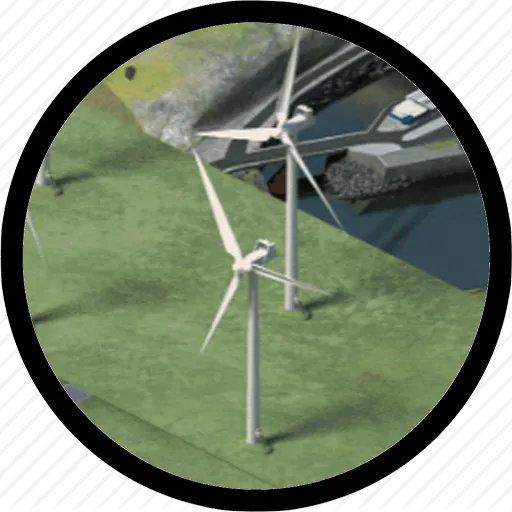 |
Sources of Energy- Renewable and nonrenewable sources of energy |
Potential and Kinetic Energy:- Potential energy |
Heat Transfer:- Heating as a transfer of energy |
Insulation and Energy Saving:- Using insulating materials |
Energy Transfer to Surroundings:- Useful and ‘wasted’ energy |
The National Electricity Supply System:- Energy transfers in the national grid |
 |
The Biosphere:- The concept of the bioshpere |
 |
Biodiversity:- Classification of living things |
 |
Sexual Reproduction:- Sexual Reproduction in Angiosperms |
 |
Variation:- Variations exists within a species |
 |
Properties of Materials:- Physical properties of materials |
 |
Seperating Mixtures:- Mixtures |
 |
Acids, Bases and Neutrals:- Tastes of substances |
 |
Introduction to the Periodic Table of Elements:- Arrangement of elements on the Periodic Table |
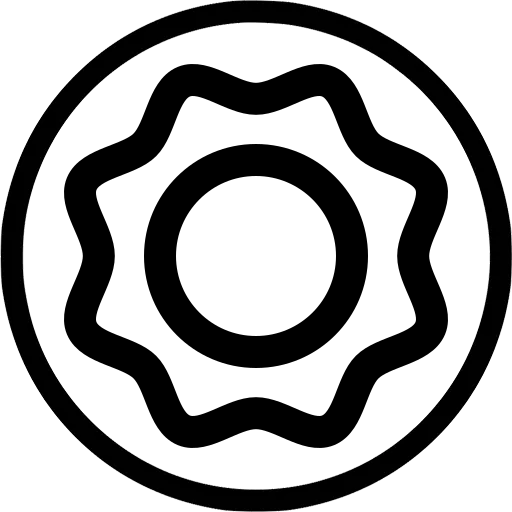 |
Relationship of the Sun to the Earth:- Solar energy and the Earth's seasons |
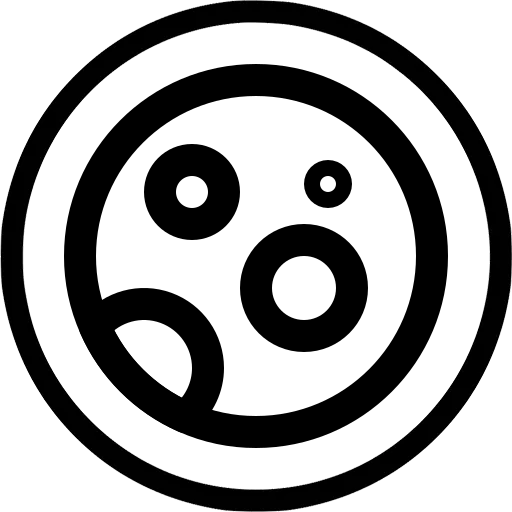 |
Relationship of the Moon to the Earth:- Relative positions |
 |
Historical Development of Astronomy:- Early indigenous knowledge |
 |
Static Electricity:- Friction and static electricity |
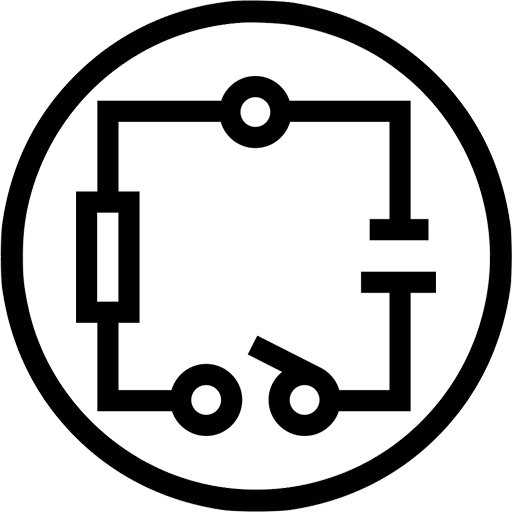 |
Energy Transfer in Electrical Systems:- Circuits and current electricity |
 |
Series and Parallel Circuits:- Series circuits |
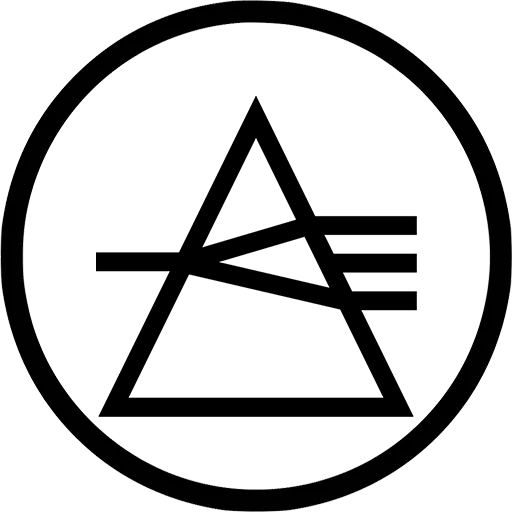 |
Visible Light:- Radiation of light |
 |
Photosynthesis and Respiration:- Photosynthesis |
 |
Interactions and Interdependence Within the Environment:- Introduction to ecology |
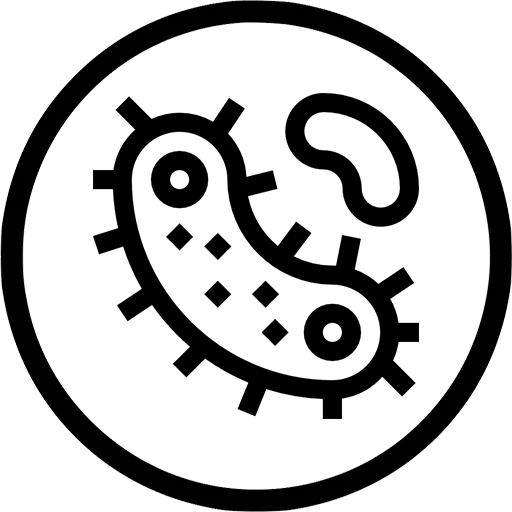 |
Micro-organisms:- Types of micro-organisms |
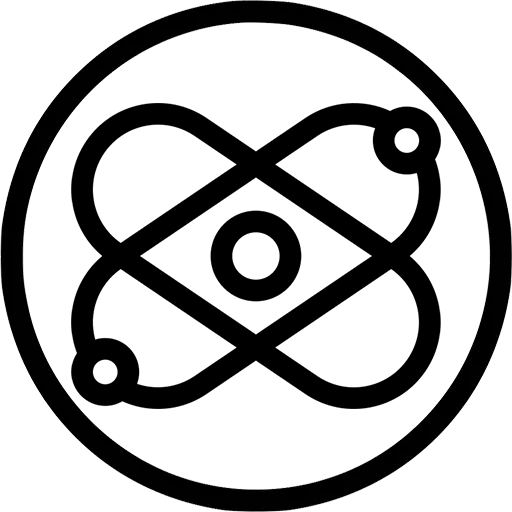 |
Atoms:- Atoms - building blocks of matter |
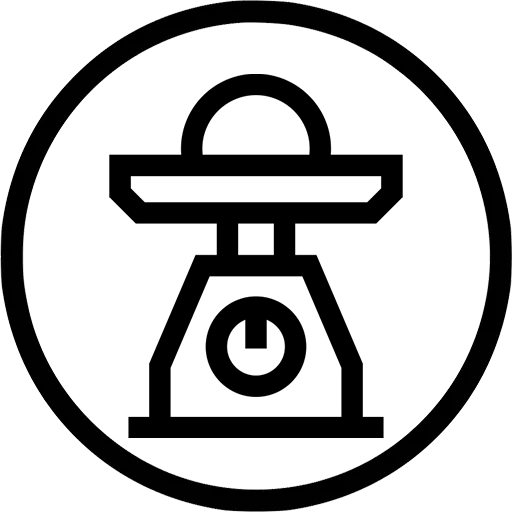 |
Particle Model of Matter:- The concept of the particle model of matter |
 |
Chemical Reactions:- Reactants and products |
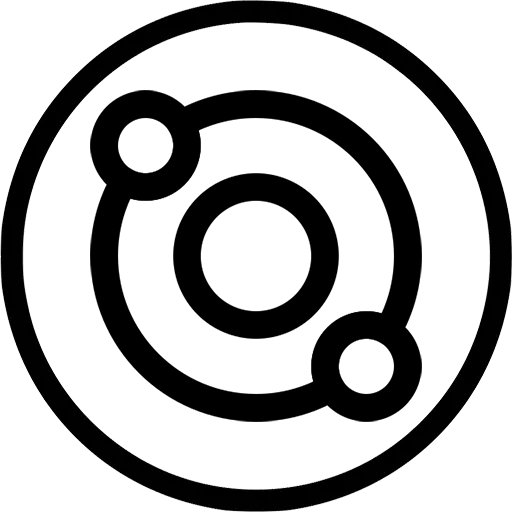 |
The Solar System:- The Sun |
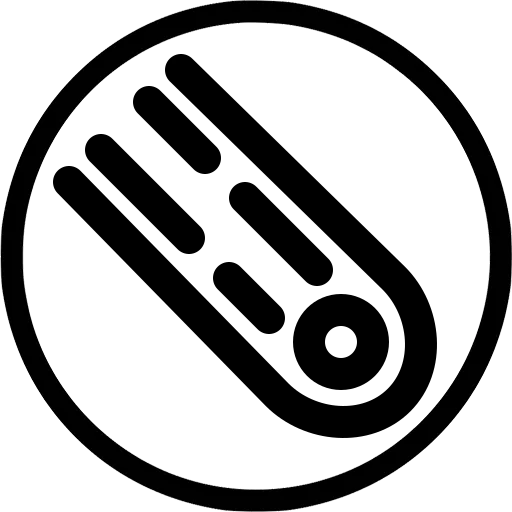 |
Beyond the Solar System:- The Milky Way Galaxy |
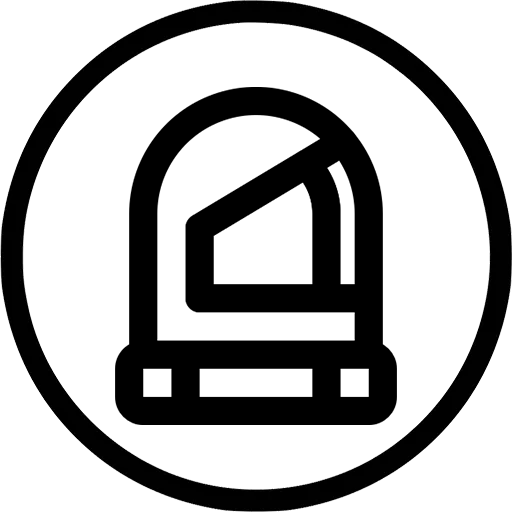 |
Looking Into Space:- Early viewing of space |
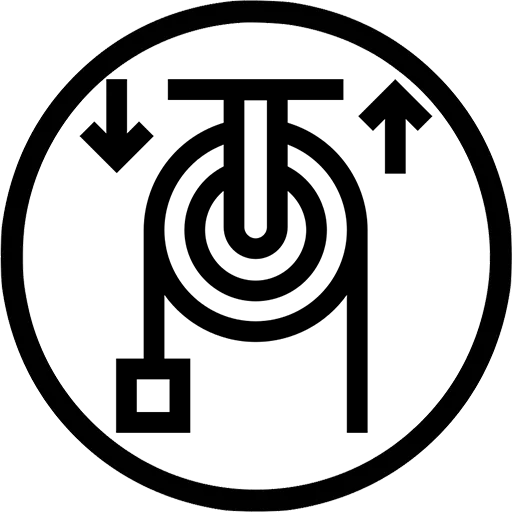 |
Forces:- Types of forces |
 |
Electric Cells as Energy Systems:- Electric cells |
 |
Resistance:- Uses of resistors |
 |
Series and Parallel Circuits:- Series circuits |
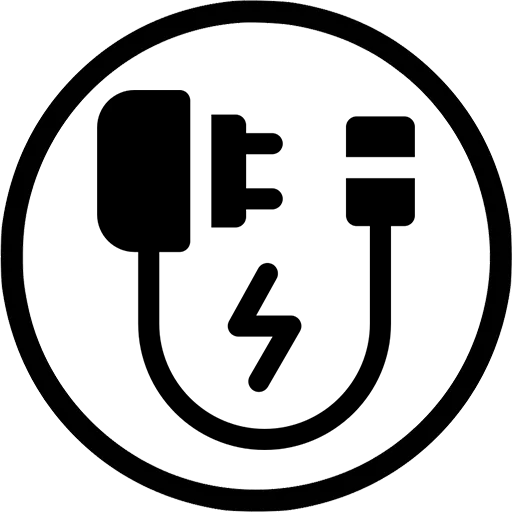 |
Safety with Electricity:- Safety practices |
Energy and the National Electricity Grid:- Electricity generation |
 |
Cost of Electrical Power:- The cost of power consumption |
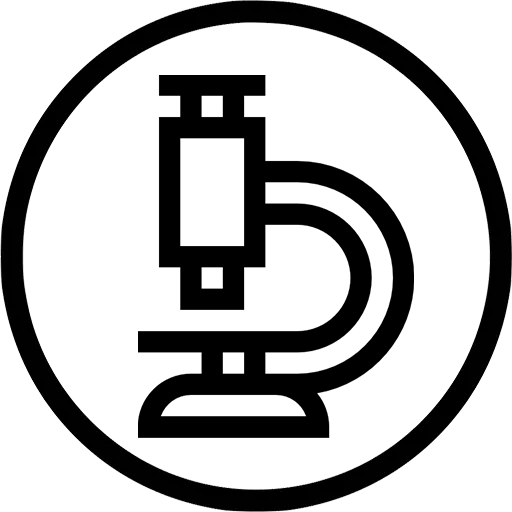 |
Cells as the Basic Units of Life:- Cell structure |
 |
Systems in the Human Body:- Body systems |
 |
Human Reproduction:- Purpose and puberty |
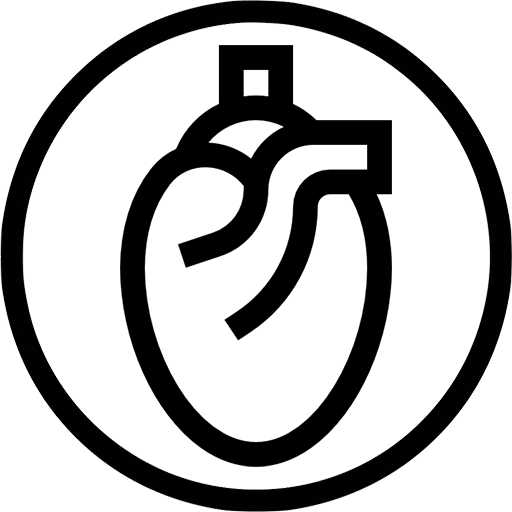 |
Circulatory and Respiratory Systems:- Breathing, gaseous exchange, circulation and respiration |
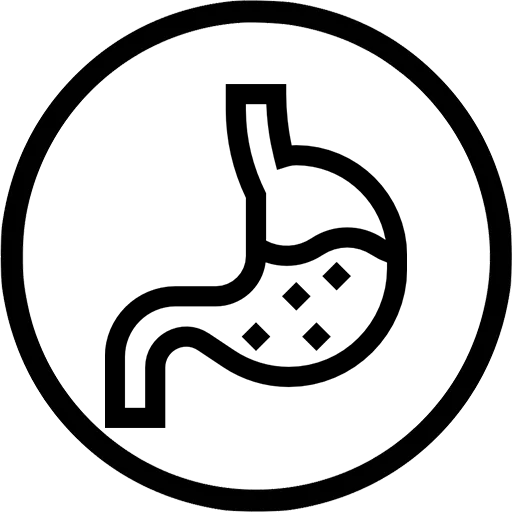 |
Digestive System:- Healthy diet |
 |
Compounds:- The Periodic Table |
 |
Chemical Reactions:- Chemical equations to represent reactions |
 |
Reactions of Metals with Oxygen:- The general reaction of metals with oxygen |
 |
Reactions of Non-metals with Oxygen:- The general reaction of non-metals with oxygen |
 |
Acids and Bases, and pH Value:- The concept of pH value |
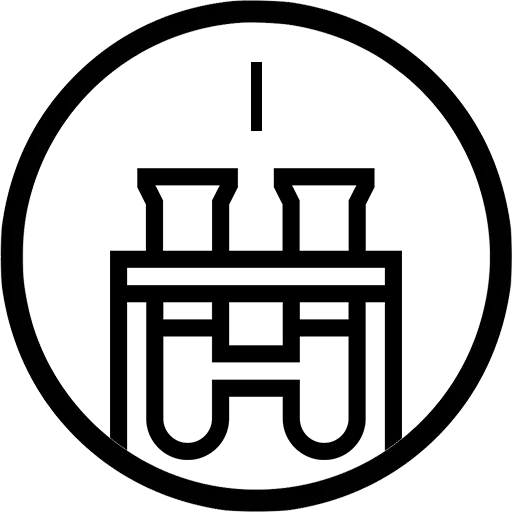 |
Reactions of Acids with Bases: Part I:- Neutralisation and pH |
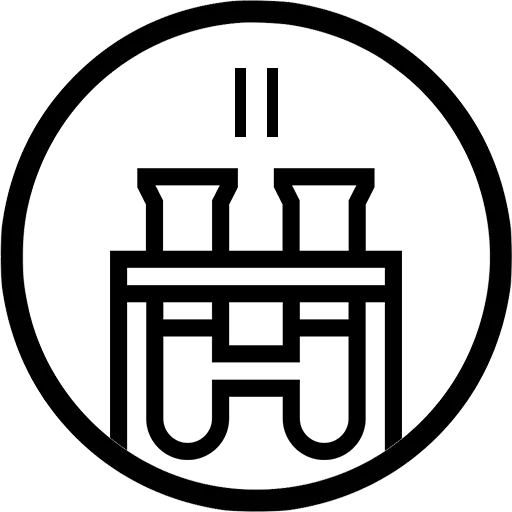 |
Reactions of Acids with Bases: Part II:- The general reaction of an acid with a metal oxide (base) |
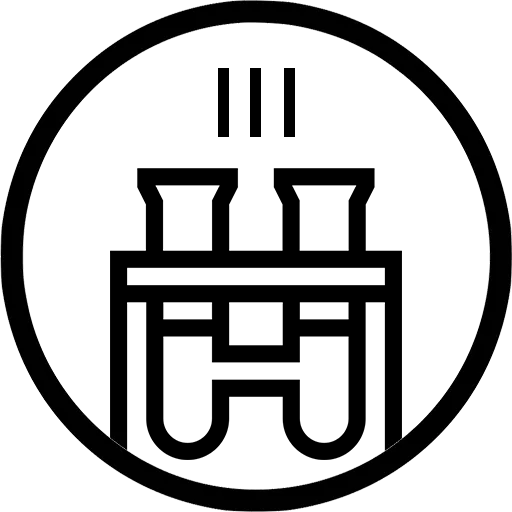 |
Reactions of Acids with Bases: Part III:- The general reaction of an acid with a metal carbonate (base) |
 |
Reactions of Acids with Metals:- Reactions of acids with metals |
 |
The Earth as a System:- Spheres of the Earth |
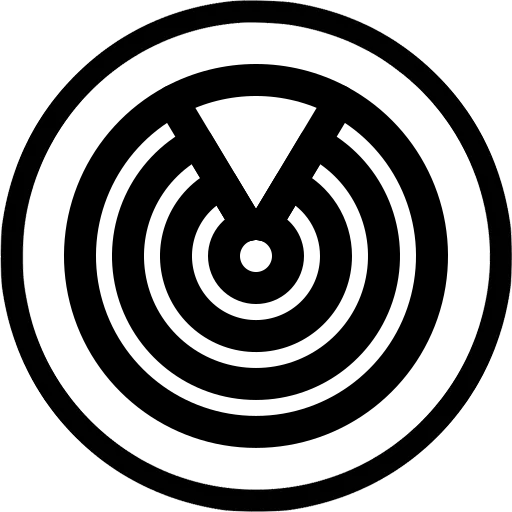 |
Lithosphere:- Lithosphere |
 |
Mining of Mineral Resources:- Extracting ores |
 |
Atmosphere:- Troposphere |
 |
Birth, Life and Death of Stars:- The birth of a star |
 |
Living and Non-living Things:- Living things |
 |
Structure of Plants and Animals:- Structure of plants |
 |
What Plants Need to Grow:- Conditions for growth |
 |
Habitats of Animals:- Different habitats |
 |
Structures for Animal Shelters:- Animal shelters |
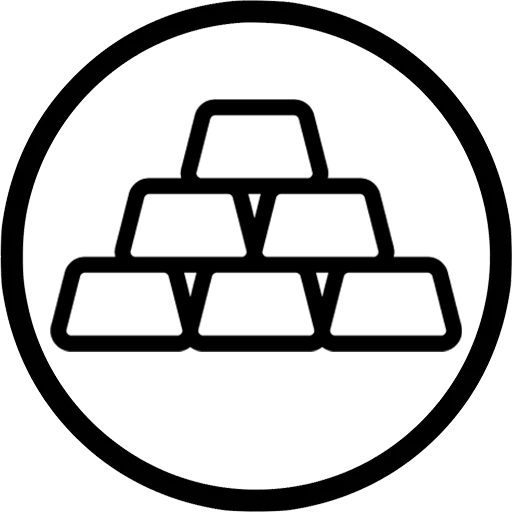 |
Strengthening Materials:- Ways to strengthen materials |
 |
Strong Frame Structures:- Struts and frame structures |
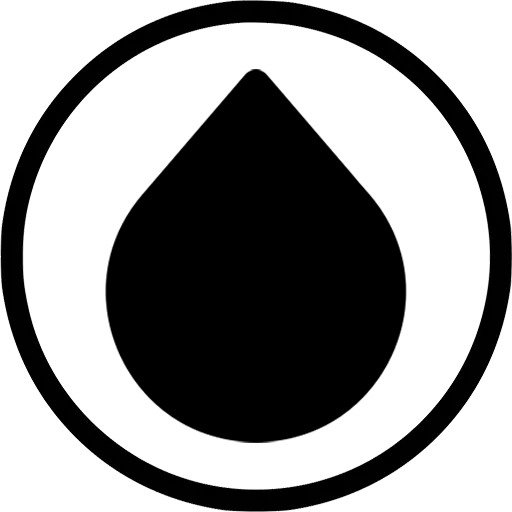 |
Materials Around Us:- Solids, liquids and gases |
 |
Solid Materials:- Raw and manufactured materials |
 |
Energy and Energy Transfer:- Energy for life |
 |
Energy Around Us:- Energy |
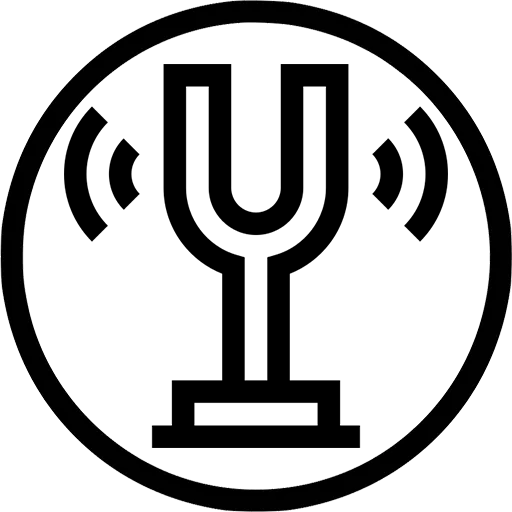 |
Energy and Sound:- Vibrations and sound |
 |
Movement and Energy in a System:- Movement and musical instruments |
 |
Rocket Systems:- Modelling a rocket |
 |
Planet Earth:- Features of the Earth |
 |
The Sun:- Our closest star |
 |
The Earth and the Sun:- Moving around the Sun |
 |
The Moon:- Features of the Moon |
 |
Metals and Non-metals:- Properties of metals |
 |
Uses of Metals:- Other properties of metals |
 |
Processing Materials:- Combining materials |
 |
Processed Materials:- Properties and uses |
 |
Planet Earth:- The Earth moves |
 |
Surface of the Earth:- Rocks |
 |
Sedimentary Rocks:- Formation of sedimentary rock |
 |
Fossils:- Fossils in rock |
 |
Photosynthesis:- Plants and food |
 |
Nutrients in Food:- Food groups |
 |
Ecosystems and Food Webs:- Different ecosystems |
 |
Solids, Liquids and Gases:- Arrangement of particles |
 |
Mixtures:- Mixtures of materials |
 |
Mixtures and Water Resources:- Water pollution |
 |
Solutions as Special Mixtures:- Solutions |
 |
Dissolving:- Rates of dissolving |
 |
Electric Circuits:- A simple circuit |
 |
Electrical Conductors and Insulators:- Conductors |
 |
Mains Electricity:- Fossil fuels and electricity |
 |
Systems to Solve Problems:- Using electric circuits |
 |
Systems to Explore the Moon and Mars:- Vehicles used on the Moon |
 |
Systems for Looking into Space:- Telescopes |
 |
The Solar System:- The Sun, planets and asteroids |
 |
Movement of the Earth and the Planets:- Rotation (Earth) |
 |
The Movement of the Moon:- Rotation (Moon) |
 |
Food Processing:- Need for processing food |
 |
Processes to Purify Water:- Clean water |
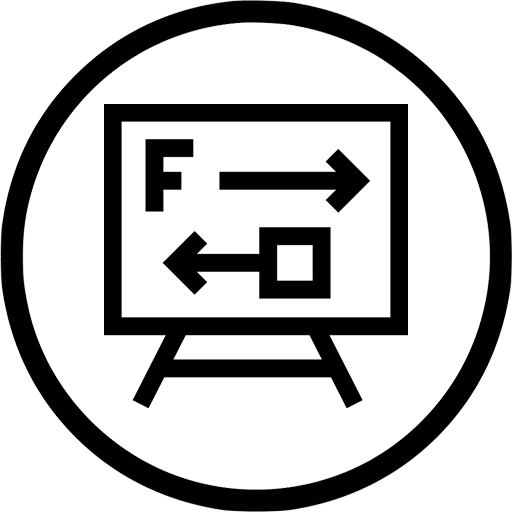 |
Introduction to Vectors and Scalars:- Vectors |
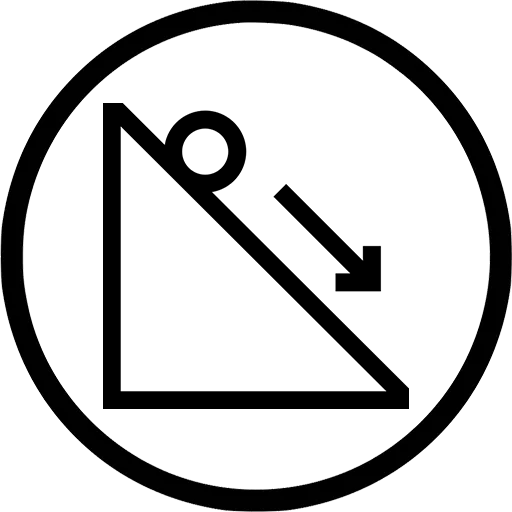 |
Motion in One Direction:- Reference frame |
 |
Energy:- Gravitational potential energy |
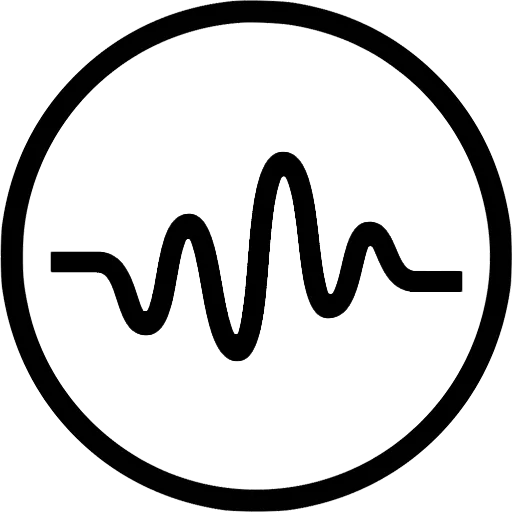 |
Transverse Pulses on a String or Spring:- Pulse |
 |
Transverse Waves:- Wavelength |
 |
Longitudinal Waves:- On a spring |
 |
Sound:- Pitch |
 |
Electromagnetic Radiation:- Dual (particle/wave) nature of electromagnetic (EM) radiation |
 |
Magnetism:- Magnetic field of permanent magnets |
 |
Electrostatics:- Two kinds of charge |
 |
Electric Circuits:- EMF |
 |
Revise Matter and Classification:- Materials |
 |
States of Matter and the Kinetic Molecular Theory:- States of matter and the kinetic molecular theory |
 |
Atomic Structure:- Models of the atom |
 |
Periodic Table:- Position of the elements |
 |
Chemical Bonding:- Covalent bonding |
 |
Particles Substances are Made of:- Atoms and compounds |
 |
Physical and Chemical Change:- Separation by physical means |
 |
Representing Chemical Change:- Balanced chemical equations |
 |
Reactions in Aqueous Solution:- Ions in aqueous solutions |
 |
Stoichiometry:- Mole concept |
 |
Vectors in Two Dimensions:- Resultant of perpendicular vectors |
 |
Newton’s Laws and Application of Newton’s Laws:- Newton’s first, second and third laws and Newton’s law of universal gravitation |
 |
Geometrical Optics:- Refraction |
 |
2D and 3D Wave Fronts:- Diffraction |
 |
Electrostatics:- Coulomb’s Law |
 |
Electromagnetism:- Magnetic field associated with current-carrying wires |
 |
Electric Circuits:- Energy |
 |
Molecular Structure:- A chemical bond |
 |
Intermolecular Forces:- Chemical bonds revised |
 |
Ideal Gases:- Motion and kinetic theory of gases |
 |
Stoichiometry:- Molar volume of gases |
 |
Energy and Chemical Change:- Energy changes related to bond energy |
 |
Types of Reactions:- Acid-base |
 |
Momentum and Impulse:- Momentum |
 |
Vertical Projectile Motion in One Dimension (1D):- Vertical projectile motion represented in words |
 |
Work, Energy and Power:- Work |
 |
Doppler Effect:- With sound and ultrasound |
 |
Electric Circuits:- Internal resistance and series-parallel networks |
 |
Electrodynamics:- Electrical machines (generators, motors) |
 |
Optical Phenomena and Properties of Materials:- Photo-electric effect |
 |
Organic Chemistry:- Functional groups |
 |
Organic Macromolecules:- Plastics and polymers |
 |
Reaction Rate:- Factors affecting rate |
 |
Chemical Equilibrium:- Factors affecting equilibrium |
 |
Acids and Bases:- Reactions |
 |
Electrochemical reactions:- Electrolytic and galvanic cells |
Thank You for your curiosity. This classroom is currently a preview.
Four of our 7 classroom on the STEMulator are active.
Please have a look at these classes populated with content:
Grade 4-6 Natural Sciences
Grade 7-9 Natural Sciences
Grade 7-9 Mathematics
Grade 10-12 Natural Sciences